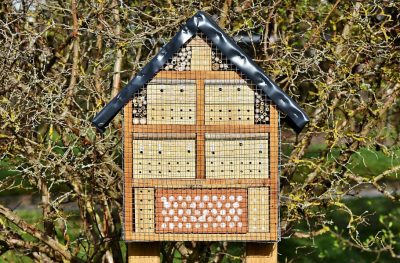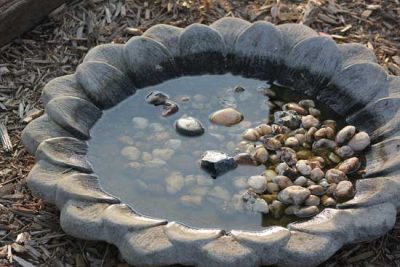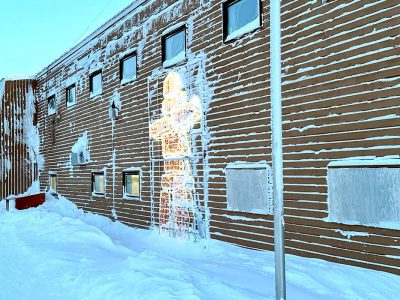Make your garden, backyard or balcony a pollinator paradise!

Did you know?
Approximately 90% of all flowering plants require pollinators to survive.
Gardening has become increasingly important as they provide wildlife sanctuaries that sustain a diversity of plants and animals. A garden is much more than just a collection of plants, it is a piece of a larger ecosystem that provides a community of plants, birds, pollinators and other wildlife. A healthy garden can contribute to a healthy environment!
In the time of COVID-19…
It is important to stay connected with our environment by spending time in nature. Gardening is one activity you can do during this period of self-isolation as it helps reduce stress and anxiety by promoting feelings of happiness and sustainable behaviour.
How to get started…
Food
1. Plant a variety of flowering plants of different colours, fragrances, and blooming times that provide nectar and pollen throughout the season.
2. Grow native plant species as they are well adapted to the soil and climate.
3. Plant bee food. A good rule of thumb is that native plants attract native bees and exotic plants attract honeybees. Bees are more likely to find plants that are coloured blue, purple, violet, white and yellow.
4. Eliminate the use of pesticides. Build a healthy garden by using organic fertilizer and use companion planting to avoid invasive pests.

Nesting box for bees
Shelter
5. Minimize manicuring your lawn and gardens. Untidy lawns provide essential nutrients and habitats for pollinators. Leave some patches of bare soil for native bee species. Twigs and leaf litter also make great sheltering options.
6. Provide a nesting box for bees.
Water
7. Provide a water source for pollinators by having running water, ponds, and a small container of water.

A good pollinator water source. Start with a bowl, a small plate or a birdbath. Collect some stones of different sizes and arrange them so that the stones are half covered. This allows for the pollinators to access the water without drowning.
8. Ensure a safe water source by having shallow or sloping sides with stones of various sizes laid down so the pollinators can access the water without drowning.
Curious to learn more?
Carleton University is currently developing an Outdoor Space Master Plan to help us better plan and develop the outdoor spaces on the campus. This will be a multi-year plan to identify and prioritize changes to our outdoor areas.
Find more gardening resources at:
Monday, May 11, 2020 in News, Sustainability Tip
Share: Twitter, Facebook



